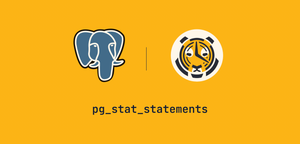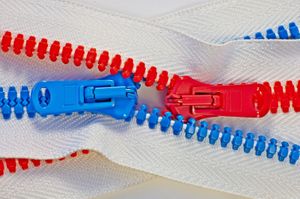Grafana 101: Interactivity, Templating, and Sharing [Recap]
![Grafana 101: Interactivity, Templating, and Sharing [Recap]](/blog/content/images/size/w2000/2020/06/Screen-Shot-2020-06-10-at-11.06.05-AM.png)
In our Guide to Grafana series, we’ve tackled how to create awesome visualizations like graphs, world maps, and gauges and how to set up alerts that notify us about anomalies and when things go wrong in the metrics we care about.
The next step is to create dashboards that allow us and our teammates to drill into specific details, get the info we need quickly, and use templated visualizations and queries instead of starting from scratch every time.
In Guide to Grafana 101 Part III: Getting Started with Interactivity, Templating, and Sharing, I’ll take you from zero to hero in using Grafana variables and templates to create more interactive and insightful dashboards for your stakeholders—and how to save those visualizations for others (or you) to use in other dashboards.
Grafana Dashboards Aren’t Just for Those Who Build Them
Those of us who work with data often want to make useful dashboards that make it easier for ourselves, our team, and our organization to make sense of and get insight into the data we collect.
We touched on this in “Grafana 101: How to Build (Awesome) Visualizations,” but two common problems I’ve run into, both when creating dashboards and using them as a stakeholder:
- Stakeholders who aren’t familiar with the underlying system architecture are unable to interact or filter visualizations, which leaves them unable to answer their questions.
- Engineers get stakeholder requests to write new code or change the underlying queries powering the dashboard.
Moreover, building dashboarding for complex systems with many components, like apps composed of microservices, is time-consuming and involves a lot of repetition, such as creating graphs for the same metric on different servers.
In this Guide to Grafana session, I’ll show you how to use Grafana variables and templates to overcome these issues. You’ll learn how to build more interactive and insightful dashboards for your stakeholders while also reducing repetitive work.
In summary: better dashboards in less time.
What You'll Learn
As always, I focus on code and step-by-step live demos.
We use two scenarios: monitoring an app composed of microservices and running in Kubernetes (multiple servers where we want to visualize the same metric) and monitoring the live location of buses in New York City (where we want to share dashboards with teammates).
I take you through creating variables and using them in your dashboards to make them more interactive, as well as saving templates for canonical queries and visualizations to reuse in other dashboards and share with your organization.
More specifically, you’ll:
- Get a quick overview of what, when, and why to template your dashboards
- Learn the difference between a template and a variable
- Create different types of variables, like query and custom
- Create dynamic dashboards that will save you time when you’re dashboarding large projects
- See template examples for DevOps and IoT Monitoring datasets
- Set up version control and share your dashboards with teammates
- Hear pro tips and recommendations to customize and apply what you learn to your own projects
My goal is that you leave the session with an understanding of when, why, and how to use variables and templates in your Grafana dashboards, as well as the resources you need to integrate them into your own setup.
Want to explore Grafana in the meantime? Check out our in-depth tutorials and quickstarts.



